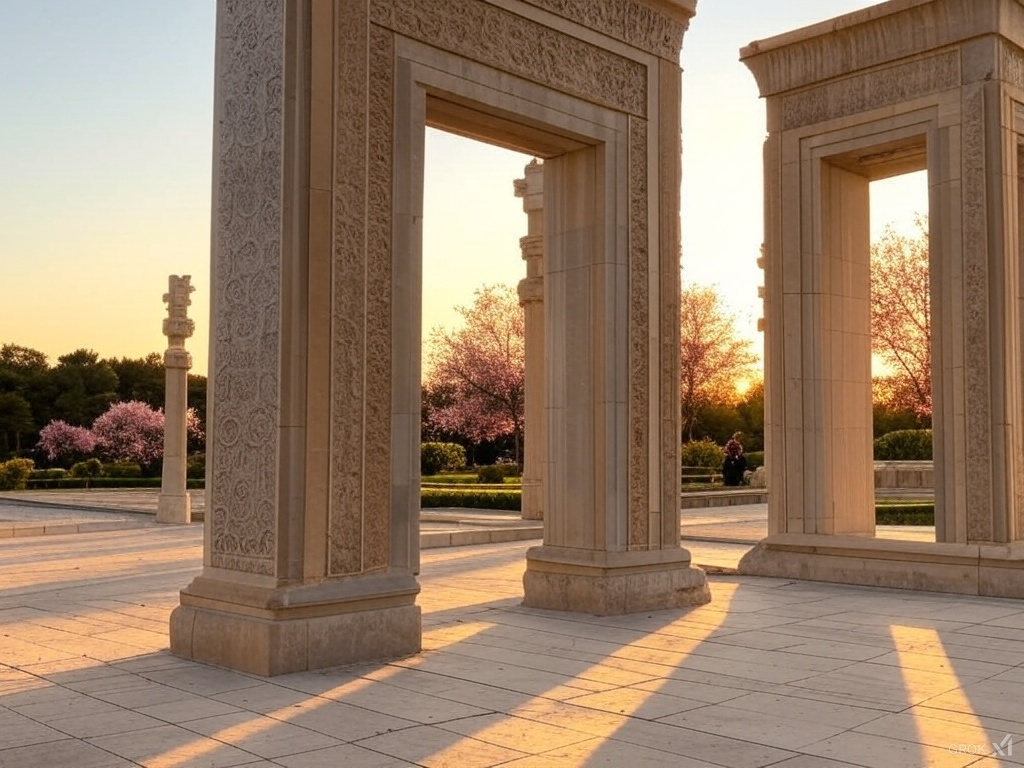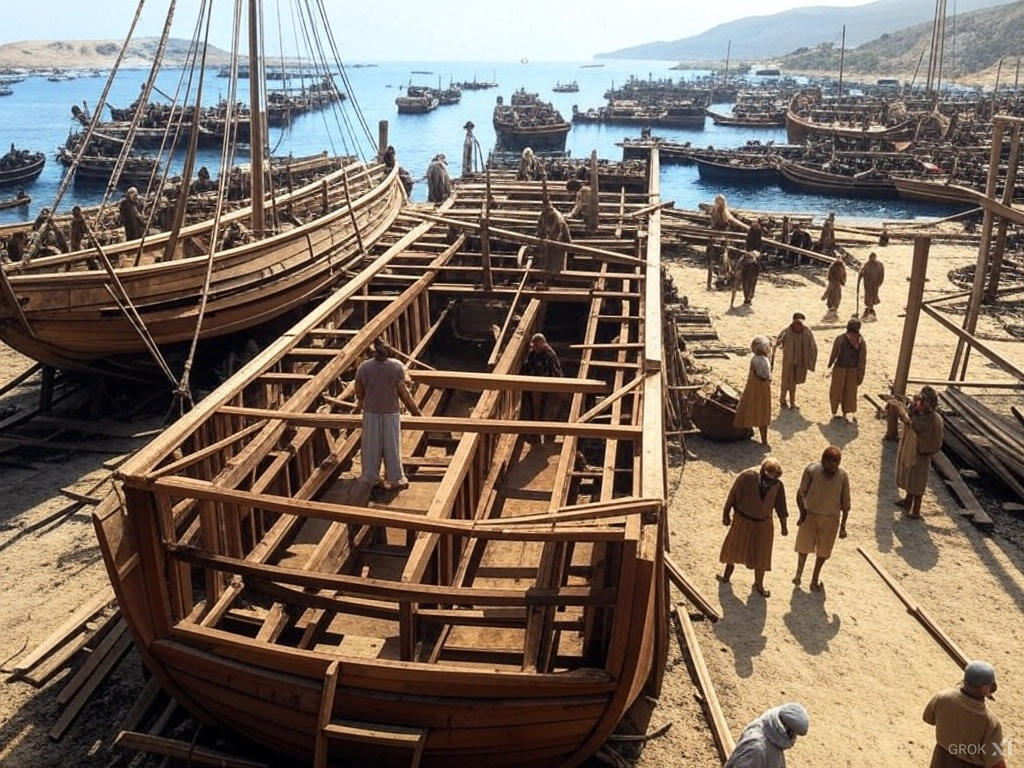The Hanging Gardens of Babylon remain one of the most fascinating wonders of the ancient world. Described by Greek historians such as Strabo and Philo of Byzantium, these legendary gardens were said to be an astonishing feat of engineering, showcasing lush greenery in the heart of the arid Mesopotamian landscape. However, no definitive archaeological evidence has been found, leading to various theories about their existence and construction.
One prevailing legend suggests that the gardens were built by King Nebuchadnezzar II in the 6th century BCE for his wife, Amytis of Media, who longed for the verdant landscapes of her homeland. The structure is believed to have featured tiered terraces with an advanced irrigation system, possibly using an Archimedean screw or chain pump to transport water from the Euphrates River to the upper levels.
Scholars have debated the gardens' actual location, with some proposing that they might not have been in Babylon at all but rather in Nineveh, the Assyrian capital. The lack of concrete archaeological evidence has fueled speculation that the gardens may have been a combination of myth and historical embellishment.
Despite the uncertainty surrounding their physical existence, the Hanging Gardens symbolize the ingenuity and ambition of ancient civilizations. They represent early advancements in horticulture, architecture, and irrigation, inspiring later generations of engineers and city planners.
Whether real or mythical, the Hanging Gardens of Babylon continue to capture the imagination, serving as a testament to the grandeur and innovation of ancient Mesopotamian culture.


























